Build Your Own Timber Garden Bed In A Weekend
Build Your Own Timber Garden Bed in a Weekend
Introduction
Growing your own vegetables is a rewarding experience, but it can be challenging to find the right space for a garden. If you don't have a lot of yard space, or if your soil is poor, a raised garden bed is a great solution. Raised garden beds are easy to build, and they can be customized to fit your needs.
In this blog post, I will show you how to build your own timber garden bed in a weekend. I will provide step-by-step instructions, as well as tips and tricks to help you get the job done right.
Materials
The materials you will need to build a timber garden bed will vary depending on the size and design of your bed. However, you will typically need the following:
- Pressure-treated lumber
- Galvanized nails or screws
- Level
- Tape measure
- Saw
- Drill
- Safety glasses
- Work gloves
Instructions
- Choose a location for your garden bed. The bed should be in a sunny spot with well-drained soil.
- Measure the dimensions of your bed. The width and length of the bed should be at least 2 feet, and the height should be at least 18 inches.
- Cut the lumber to size. The lumber for the sides of the bed should be 2x4s, and the lumber for the top and bottom of the bed should be 1x6s.
- Assemble the frame of the bed. Start by assembling the two short sides of the bed. Then, attach the two long sides of the bed to the short sides. Finally, attach the top and bottom of the bed to the sides.
- Level the bed. Use a level to make sure that the bed is level. If the bed is not level, it will be difficult to plant in it.
- Fill the bed with soil. Use a high-quality potting soil that is specifically designed for raised beds.
- Plant your vegetables!
Tips and Tricks
- Use pressure-treated lumber for the frame of the bed. This will help to protect the wood from rot and decay.
- Use galvanized nails or screws to assemble the frame of the bed. This will help to prevent the wood from corroding.
- Level the bed carefully. This will help to ensure that your plants grow evenly.
- Fill the bed with high-quality potting soil. This will help to provide your plants with the nutrients they need to thrive.
- Plant your vegetables according to their spacing requirements. This will help to ensure that your plants have enough room to grow.
Conclusion
Building your own timber garden bed is a great way to get started with gardening. It is a relatively easy project that can be completed in a weekend. With a little planning and effort, you can have your own beautiful and productive garden bed in no time.
If you're looking for a way to improve your garden's productivity and beauty, a timber garden bed is a great option. Timber garden beds are raised above the ground, which makes them easier to access and maintain. They also help to improve drainage and aeration, which can lead to healthier plants.
If you're interested in learning more about timber garden beds, I recommend visiting Garden Wiki. This website has a wealth of information on the topic, including step-by-step instructions on how to build your own timber garden bed. You'll also find tips on choosing the right type of wood, as well as information on how to care for your timber garden bed.
FAQ of timber garden bed
What are the benefits of using a timber garden bed?
Timber garden beds offer a number of benefits over traditional in-ground gardens, including:
- Improved drainage: Raised beds allow for better drainage, which is important for many plants.
- Increased soil aeration: The raised bed's structure allows for better air circulation in the soil, which helps to promote root growth.
- Easier access: Raised beds are easier to reach than in-ground gardens, which can be helpful for people with limited mobility.
- Better pest control: Raised beds can be easier to protect from pests and diseases than in-ground gardens.
- Longer growing season: Raised beds can help to extend the growing season by warming up the soil more quickly in the spring and keeping it warm longer in the fall.
What type of timber is best for a garden bed?
The best type of timber for a garden bed will depend on your climate and budget. Some popular choices include:
- Cedar: Cedar is naturally rot-resistant and insect-resistant, making it a good choice for most climates.
- Redwood: Redwood is also naturally rot-resistant and insect-resistant, and it is more resistant to moisture than cedar.
- Pine: Pine is less expensive than cedar or redwood, but it is not as rot-resistant.
- Treated lumber: Treated lumber is a good option if you live in an area with a lot of moisture.
How long will a timber garden bed last?
The lifespan of a timber garden bed will depend on the type of timber you use and how well you maintain it. Cedar and redwood beds can last for 20 years or more, while pine beds may only last 10 years. Treated lumber beds can last for 15 years or more, but they may need to be re-treated every few years.
How do I build a timber garden bed?
There are many different ways to build a timber garden bed. Here is a basic guide:
- Choose the right location for your bed. The bed should be in full sun and well-drained soil.
- Measure the dimensions of your bed and cut the timber to size.
- Assemble the bed frame using screws or nails.
- Fill the bed with soil and plant your favorite plants.
How do I maintain a timber garden bed?
To keep your timber garden bed in good condition, you should:
- Water the bed regularly.
- Mulch the bed to help retain moisture and suppress weeds.
- Inspect the bed for signs of rot or damage and repair as needed.
- Re-treat treated lumber beds every few years.
Image of timber garden bed
- A simple timber garden bed with a cedar frame and black metal edging.
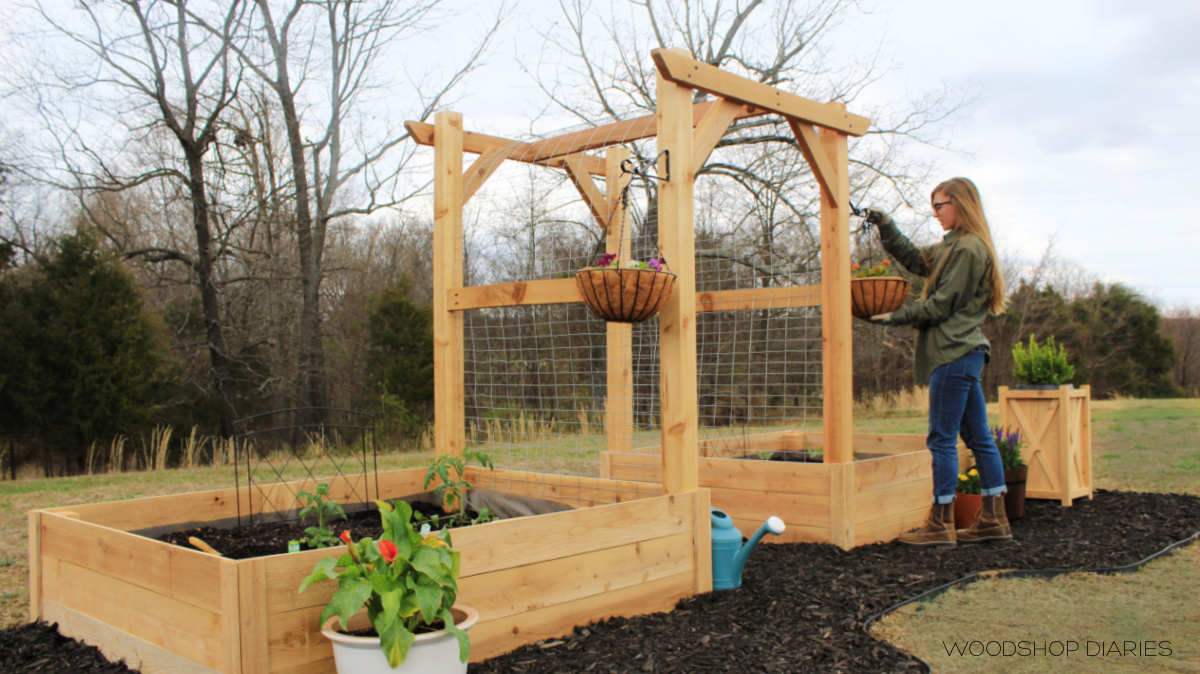
- A raised timber garden bed with a sloping roof and a trellis for growing climbing plants.
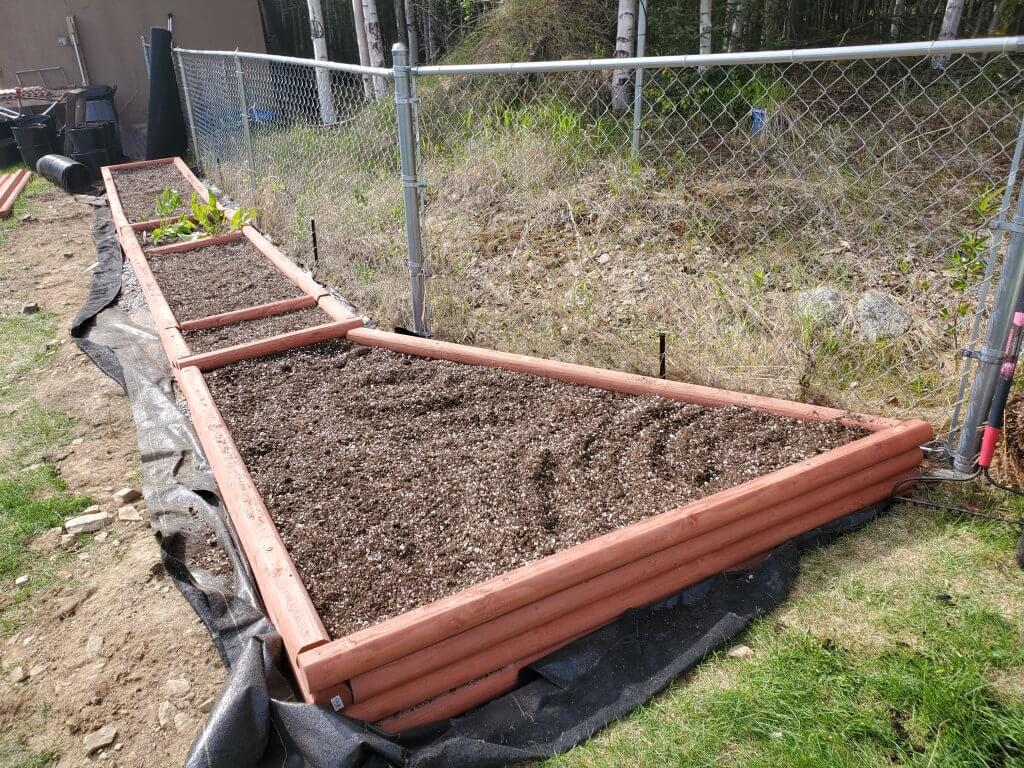
- A long, narrow timber garden bed with a rustic fence.
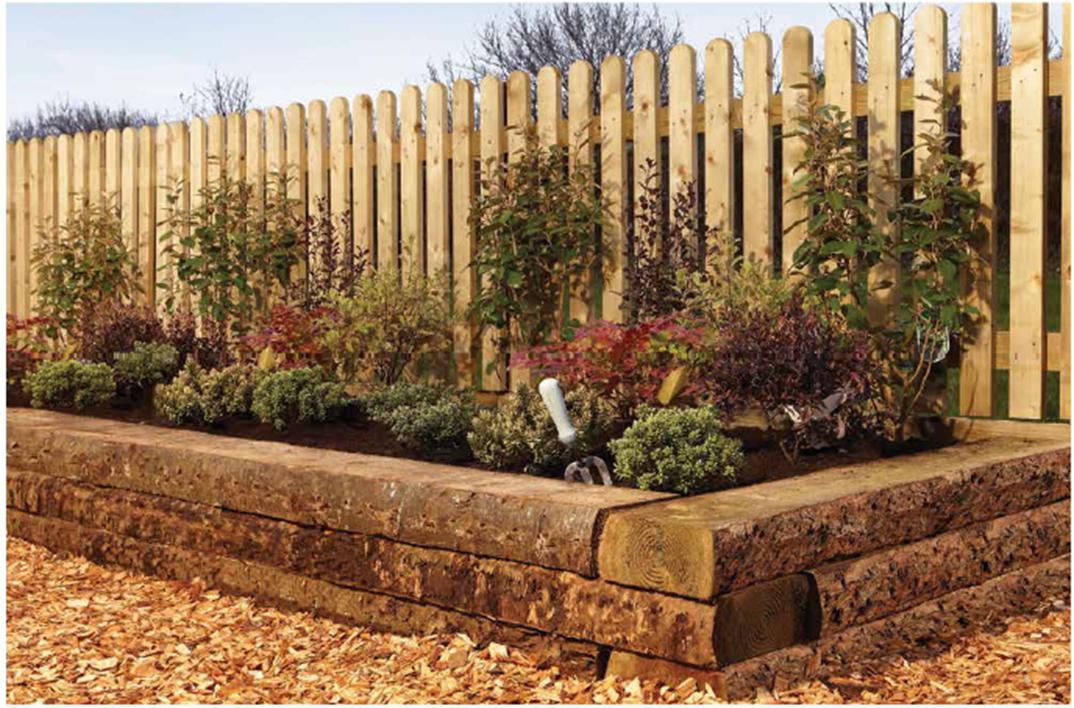
- A round timber garden bed with a bench seat.
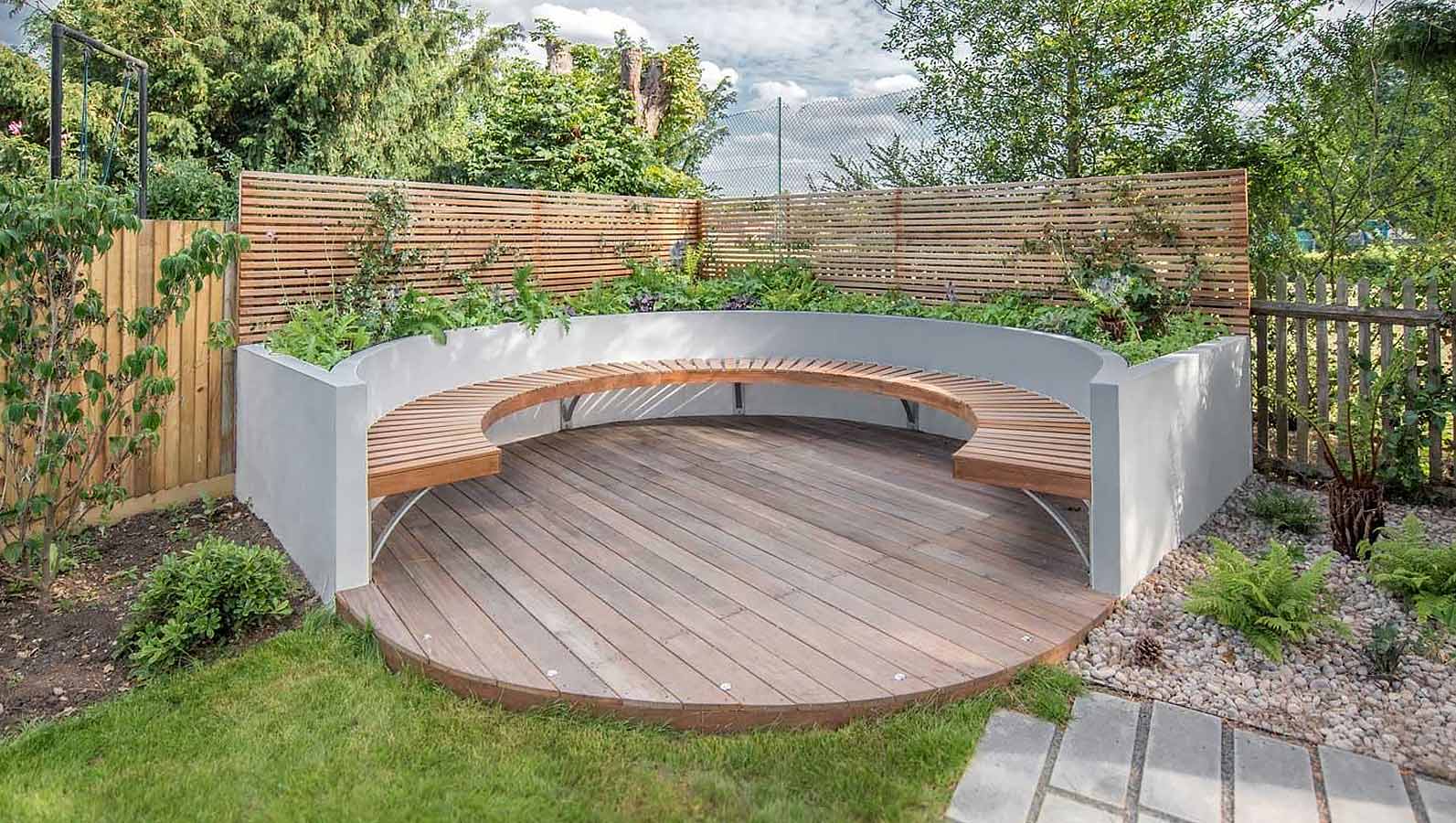
- A tiered timber garden bed with a variety of plants.
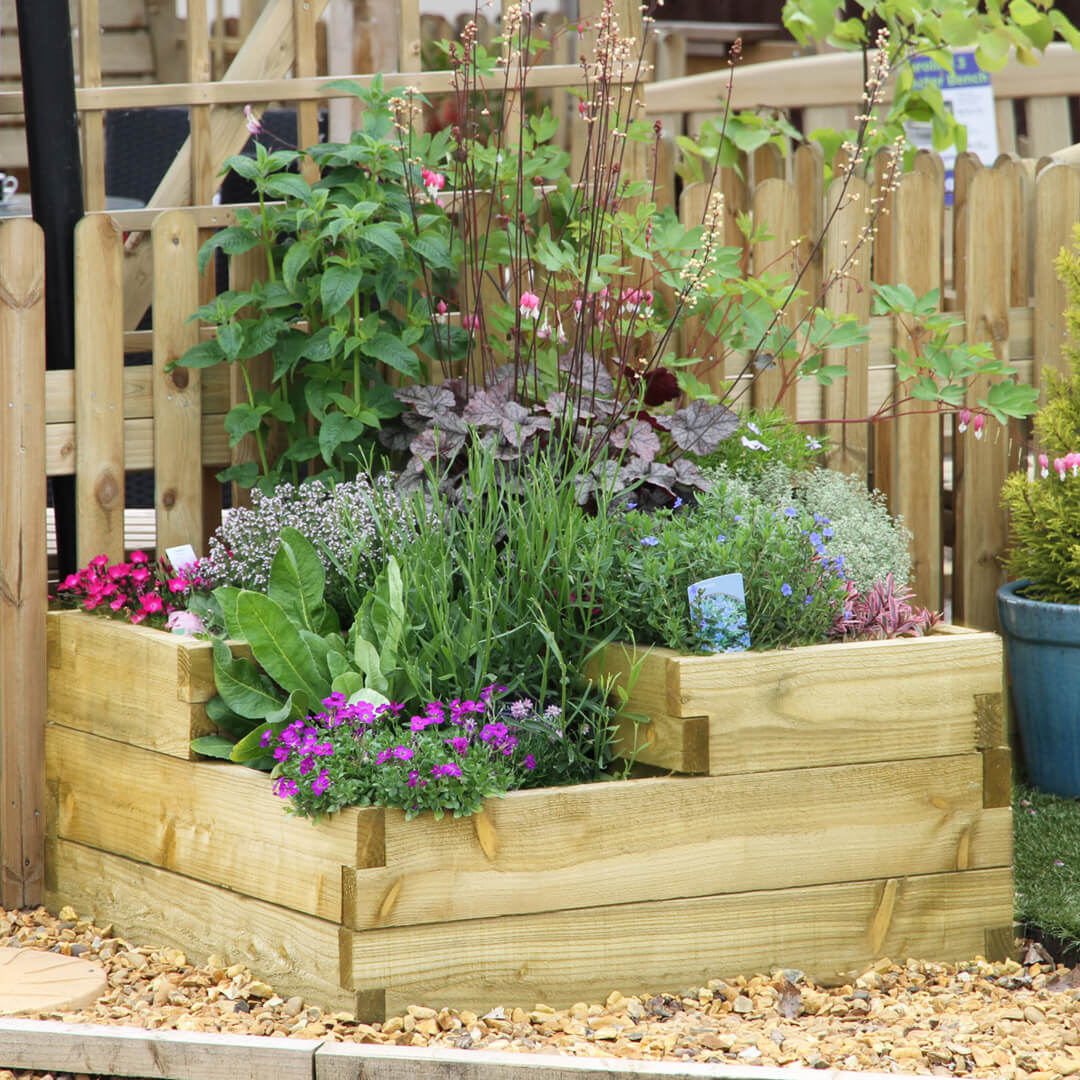
Post a Comment for "Build Your Own Timber Garden Bed In A Weekend"